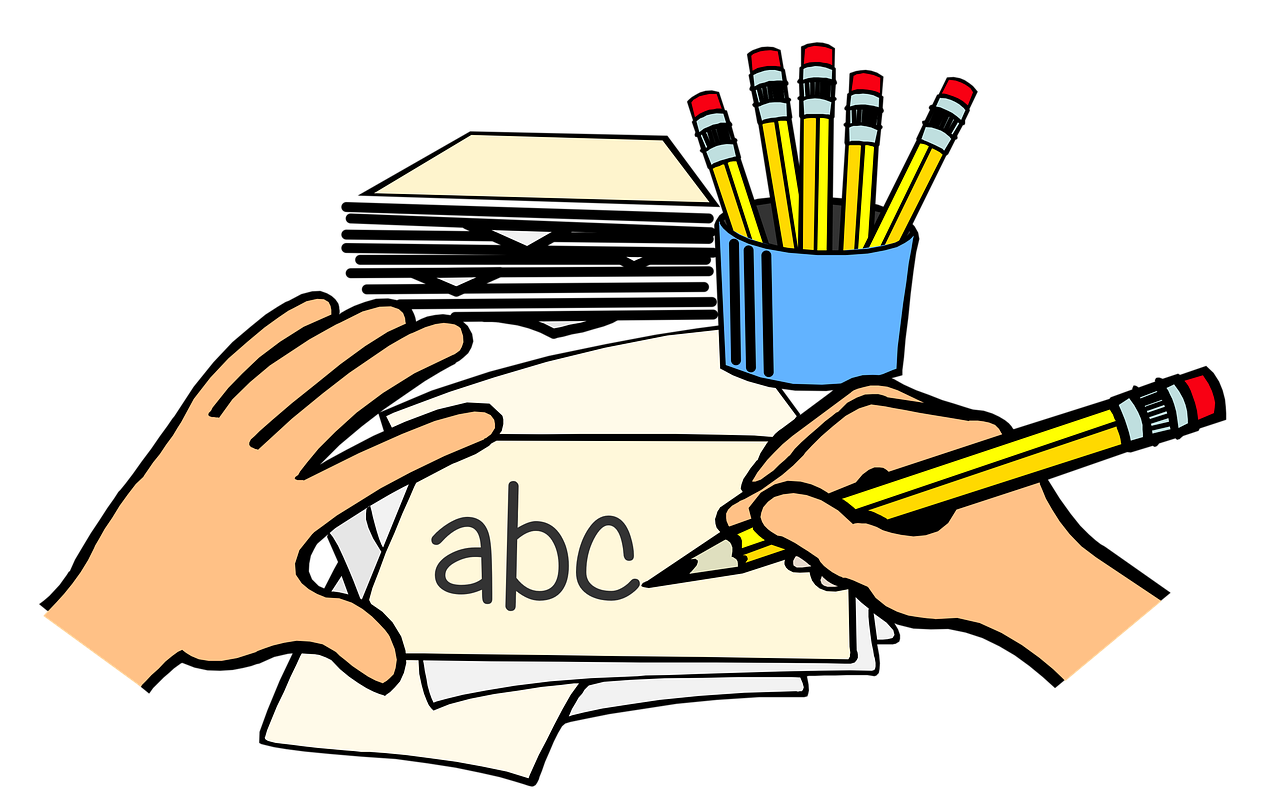Kids develop their handwriting at different rates; most children start tracing straight and circular lines during preschool years.
Encourage your little wiggle worm to practice writing by providing fun and interactive lessons with unconventional materials.
Take your writing outdoors! Engage in chalk writing or sensory writing activities such as sand or salt trays to make learning fun while helping build motor skills! These engaging activities make learning enjoyable while simultaneously improving motor skills!
Easy Way
Writing should be enjoyable, not tedious! Young children typically prefer multisensory activities that combine sight, touch, smell and movement; these activities also allow children to express themselves more creatively than just writing alone. Kids enjoy participating in interactive activities that mimic their interests such as pretending they are Bluey from Frozen or detective.
Encourage children to write daily – adding items to the family shopping list, writing notes on the calendar, making lists for themselves, writing thank you cards or birthday/other cards; doing this helps children understand the value of writing in their lives and provides context for it in their daily routines. It helps establish writing as part of life.
Beginning handwriting lessons is easy with writing prompt sheets from Handwriting without Tears or Fundations, which provide structured instruction on letter formation and alphabet knowledge for children aged five through thirteen. They serve as the perfect gateway for building later handwriting abilities.
Research or Case Study
Case studies are an approach to research that focus on one individual or group rather than an entire population, using qualitative methods like observations, documents and interviews as sources for gathering qualitative information. While case studies can provide useful data, their accuracy may be limited due to possible bias and subjectivity (Yin 1994).
Children must possess the strength and dexterity needed to grasp a pencil before beginning handwriting instruction on paper. Otherwise, this process could become slow and frustrating both for teachers and their charges.
Consistency in letter formation is crucial for children. This helps develop muscle memory for correct motor movements and allows for easier recognition of letters being written out by young hands. Connecting each letter’s sound with its formation enhances their phonics development as they begin reading for themselves.
Effling Kids
Kids need to develop the fine motor skills required for writing. Activities such as drawing on a vertical chalkboard or whiteboard, playing with crayons and paints on an easel, lacing/threading/cutting scissors/open/closing clothespins can all help kids build wrist control essential to writing.
Erratic formation patterns can render handwriting illegible, slow learners down by not being able to automatically finish one letter on its right side and begin the next, and cause fatigue through extra exertion required to push their pencil upwards against gravity.
Effling kids is an online educational app designed specifically for children that makes education easily accessible across geography and economic status. Through interactive educational videos that engage children to learn, Effling Kids makes education fun for children while offering quiz assignments to enhance the experience of studying.
Effling App
Writing with pencil and paper activates sections of the brain responsible for literacy skills. Children who struggle with their handwriting often experience difficulty with sight words and spelling, leading them to have negative attitudes about writing altogether.
Teaching kids to form the letters of their names and the alphabet in an enjoyable manner can help foster a positive attitude toward handwriting. For instance, when teaching the letter U children can pretend it’s a cave and use their imaginations to draw pictures using that letter based on what was imagined as they explored what might lie inside.
Tracing shapes and maze-like paths from left to right, top to bottom or through jagged and curvy lines can help kids develop fine motor control while aiding their movements from top down. Multisensory instruction may make all the difference; such as having them use glue “bump” their lines so their pencil will stay within them while writing.
